#Elements of Interior Design: Lighting
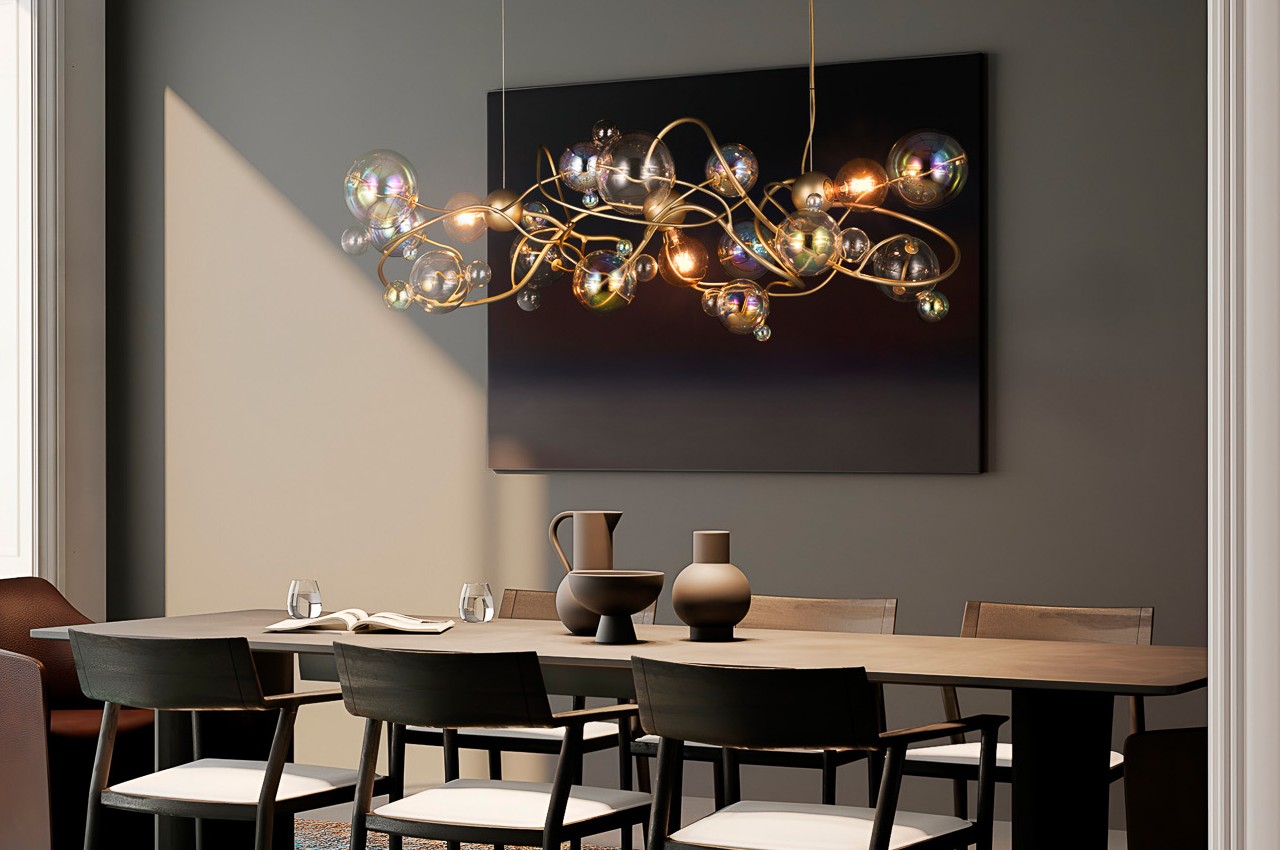
Table of Contents

Light forms an important design element in interior design that transforms the space, creates different moods and determines the way we perceive color and texture. Natural light can come in via sources like windows or skylights while the different sources of artificial light include pendant lights, lamps, and sconces to name a few. A well-designed lighting scheme transforms the overall look and breathes life into the interiors. Additionally, lighting adds depth, highlights design features, and creates a fine balance between light and shade to create a rejuvenated atmosphere in architecture and interior design.
Designer: Brand van Egmond
What are the three elements of lighting design?
The Lighting design can be broadly classified into three layers or elements namely ambient lighting, task lighting, and accent lighting.
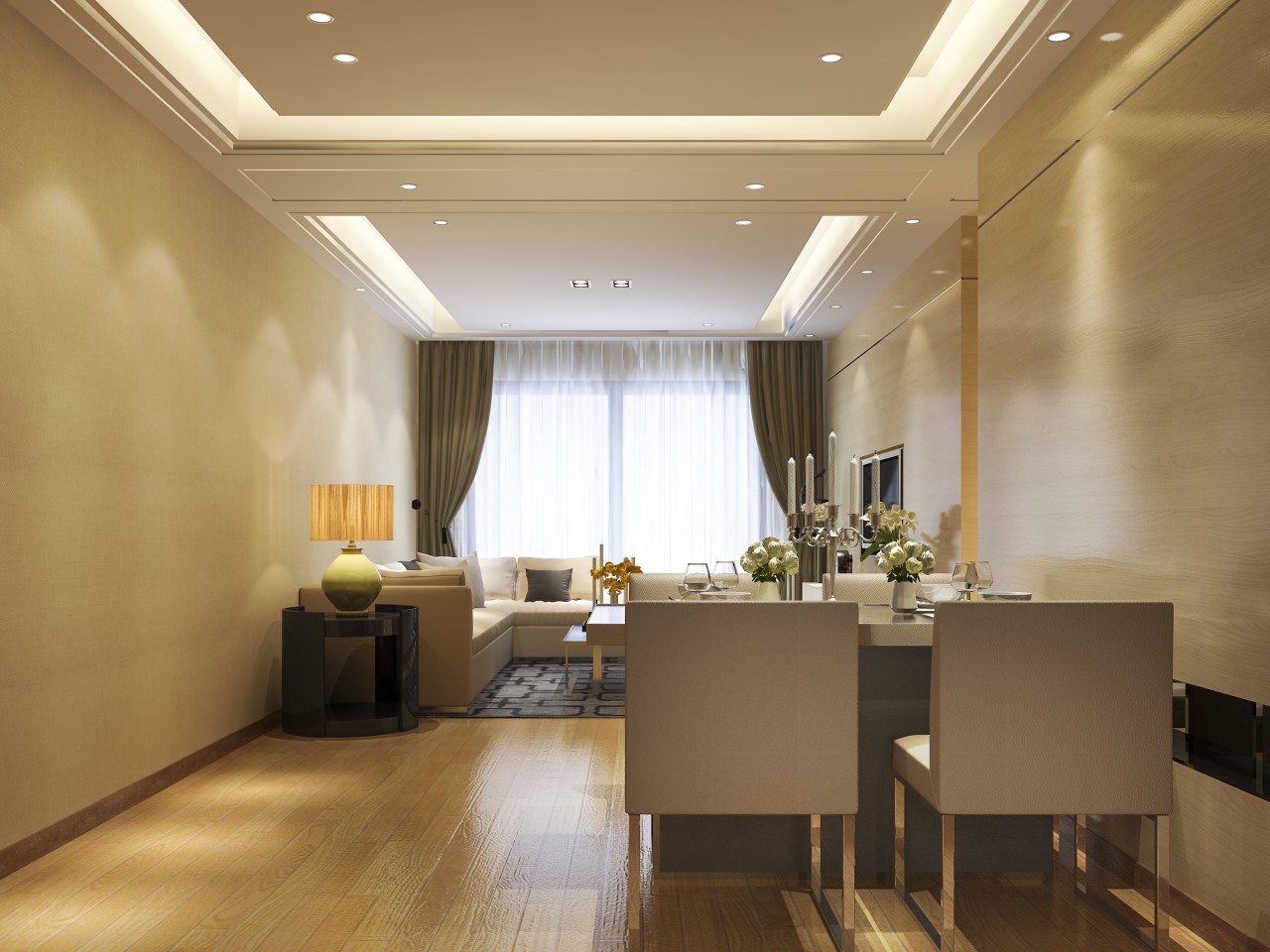
Image courtesy of: dit26978
Ambient Lighting
Ambient lighting also known as general lighting provides overall basic illumination for a room. It functions as a base layer and factors like the room size, height, aesthetics, and functionality need to be taken into consideration for the lighting design. Ambient lighting, whether from overhead lights like modern pendants or soft sources such as table lamps and wall sconces, forms an essential component of interior design. Some of the common sources of ambient light include natural light and overhead fixtures like pendants, ceiling fixtures, chandeliers, lighting panels, and so on. While essential for illumination, ambient lighting works in conjunction with other layers to create a comprehensive lighting solution. It creates a warm and soothing atmosphere that allows flexibility in illuminating fixtures and determines the room’s ambiance.
Task Lighting
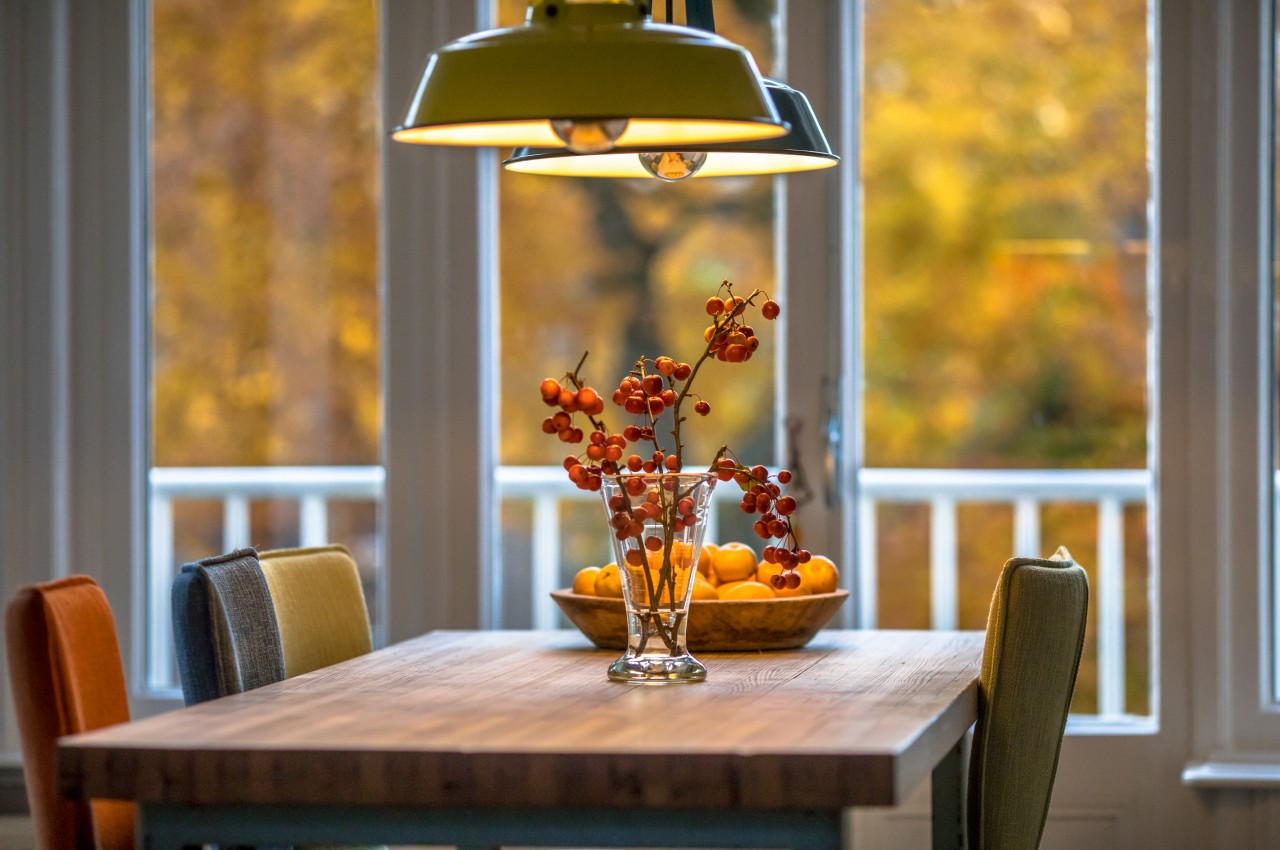
Image courtesy of: CreativeNature_nl
Task lighting combines with ambient illumination to provide focused lighting while eliminating shadows and reducing eyestrain. It can be used for illuminating a kitchen countertop for food preparation, cooking, and cleaning, a study table, or an office workstation for working. Kitchen LED fixtures over the island, provide bright task lighting while enhancing the overall aesthetic of the kitchen, and this stylish yet functional lighting approach is used for bedside tables with reading lights. The different types of light fixtures that are suitable for task lighting include floor lamps, table lamps, bathroom vanity lights, and cabinet lights. The lighting intensity is more and some task lights utilize focused beams to intensify the lighting intensity so that it can cater to specific needs. The combination of ambient and task lighting not only enhances the functionality of the lighting but also provides a decorative look to the interiors.
Accent Lighting
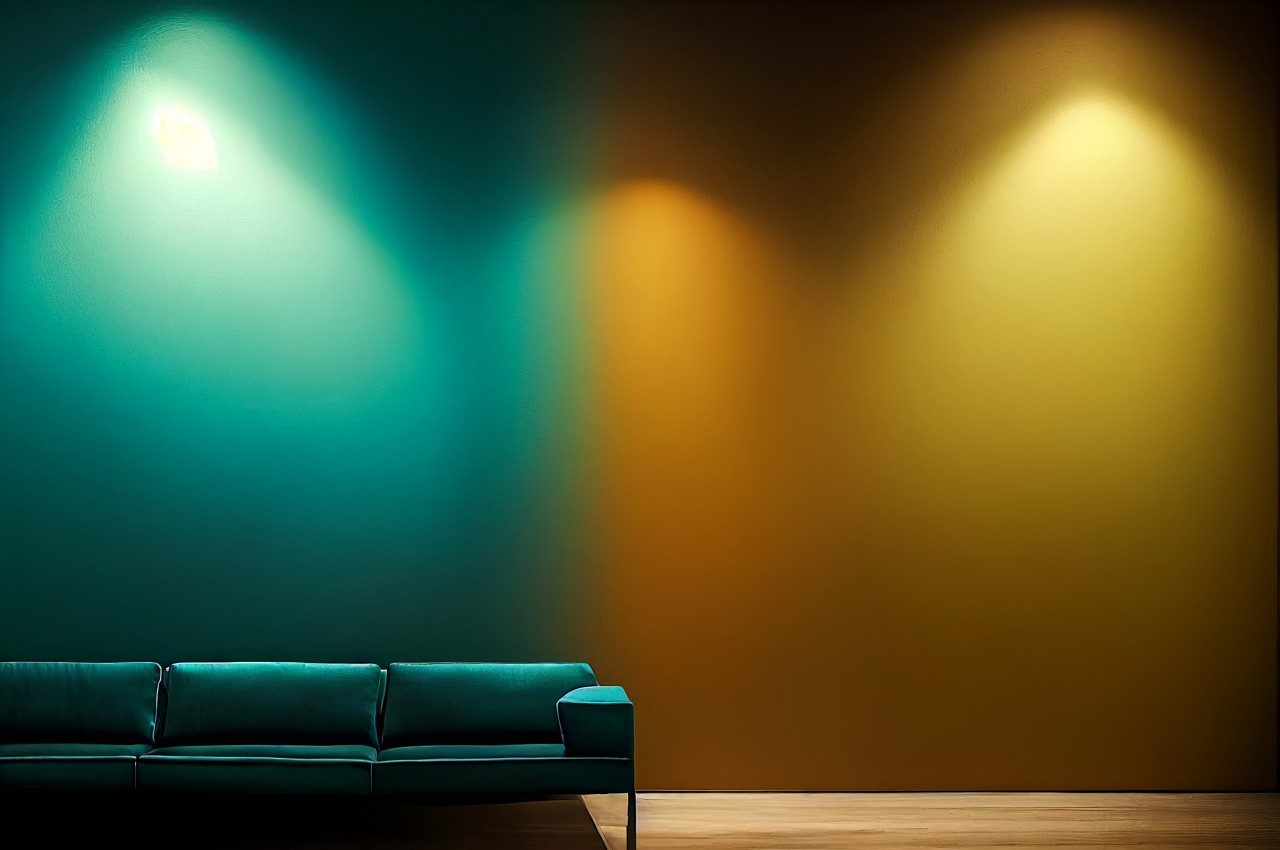
Image courtesy of: Studio_OMG
Accent lighting is the most decorative layer as it complements other design elements and highlights specific architectural features or decorations. This layer allows for customization based on individual preferences and belongings and can be used to highlight columns, wall art, photographs, decorative vases, and sculptures to name a few. Some of the common light fixtures that are used for accent lighting include wall sconces, track lighting, LED tape, and rope lighting. The best part about accent lighting is that it creates a focal point in a room by highlighting specific features, such as a fireplace, paintings, or furniture, through adjustable spotlights and wall lights so that they create visual interest and accentuate the unique characteristics of the home decor.
Natural Light
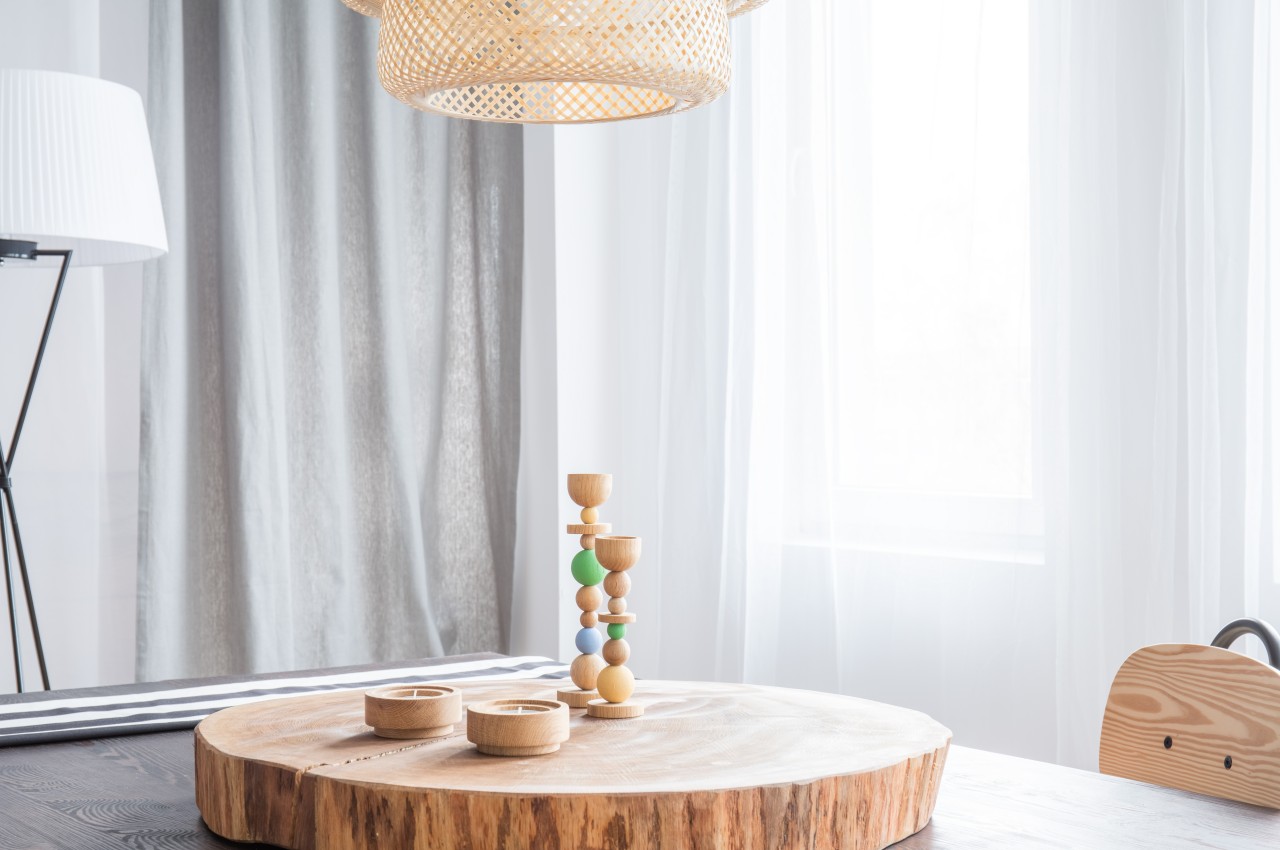
Image courtesy of: bialasiewicz
Natural light plays a vital role in interior design as it combines with sunlight to influence the mood and overall décor of the home. Note that bright colors are best suited for rooms that receive less natural light and it is highly recommended to go for cool and neutral tones for spaces that receive abundant sunlight.
Natural lighting enters the home through windows, skylights, or mirrors to enhance the overall look of the interiors and create a brilliant connection with the outdoors. As per studies, natural light is important for the well-being of individuals and large windows or skylights create a bright and airy environment that is perfect for relaxation. However, one must make sure to use light-filtering blinds or curtains to regulate the amount of light that enters the interiors.
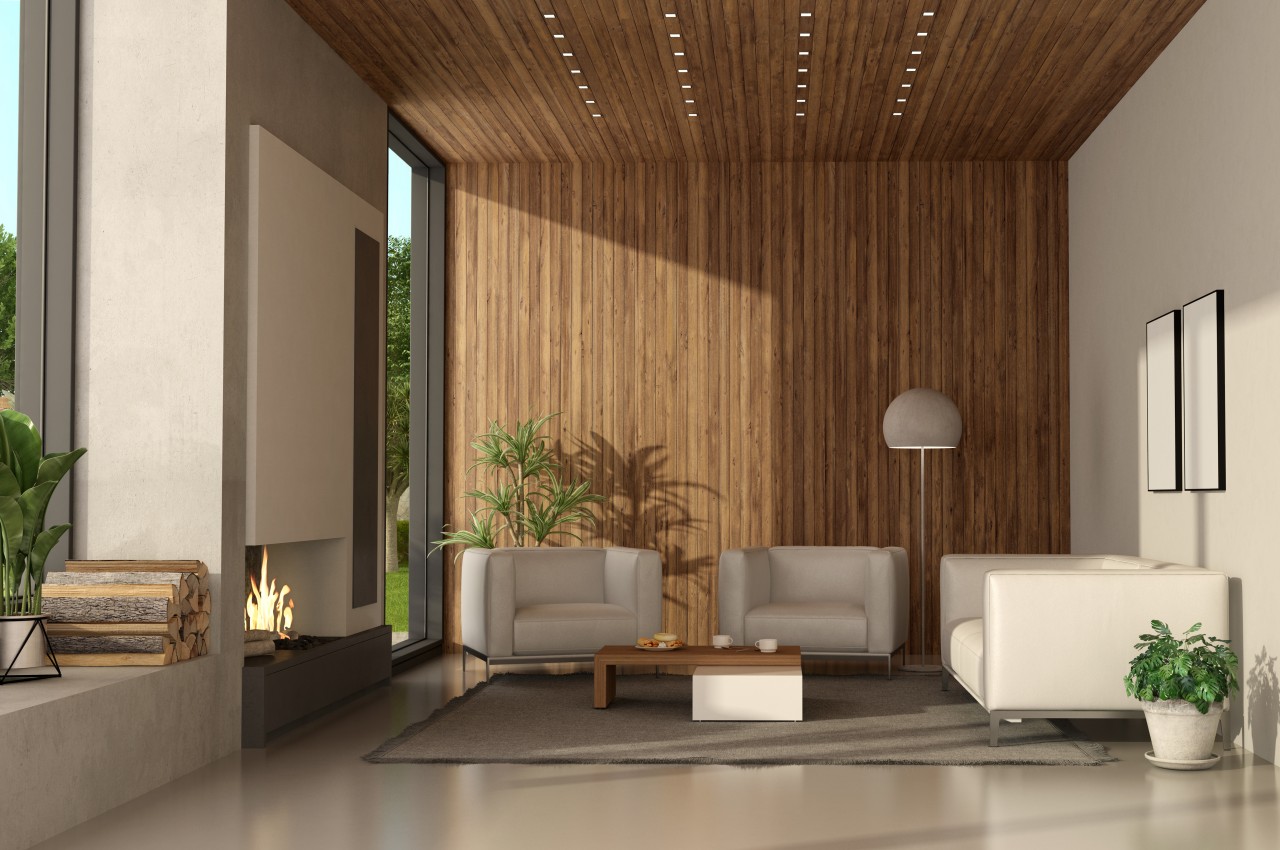
Image courtesy of: archideaphoto
How to create a layered lighting scheme?
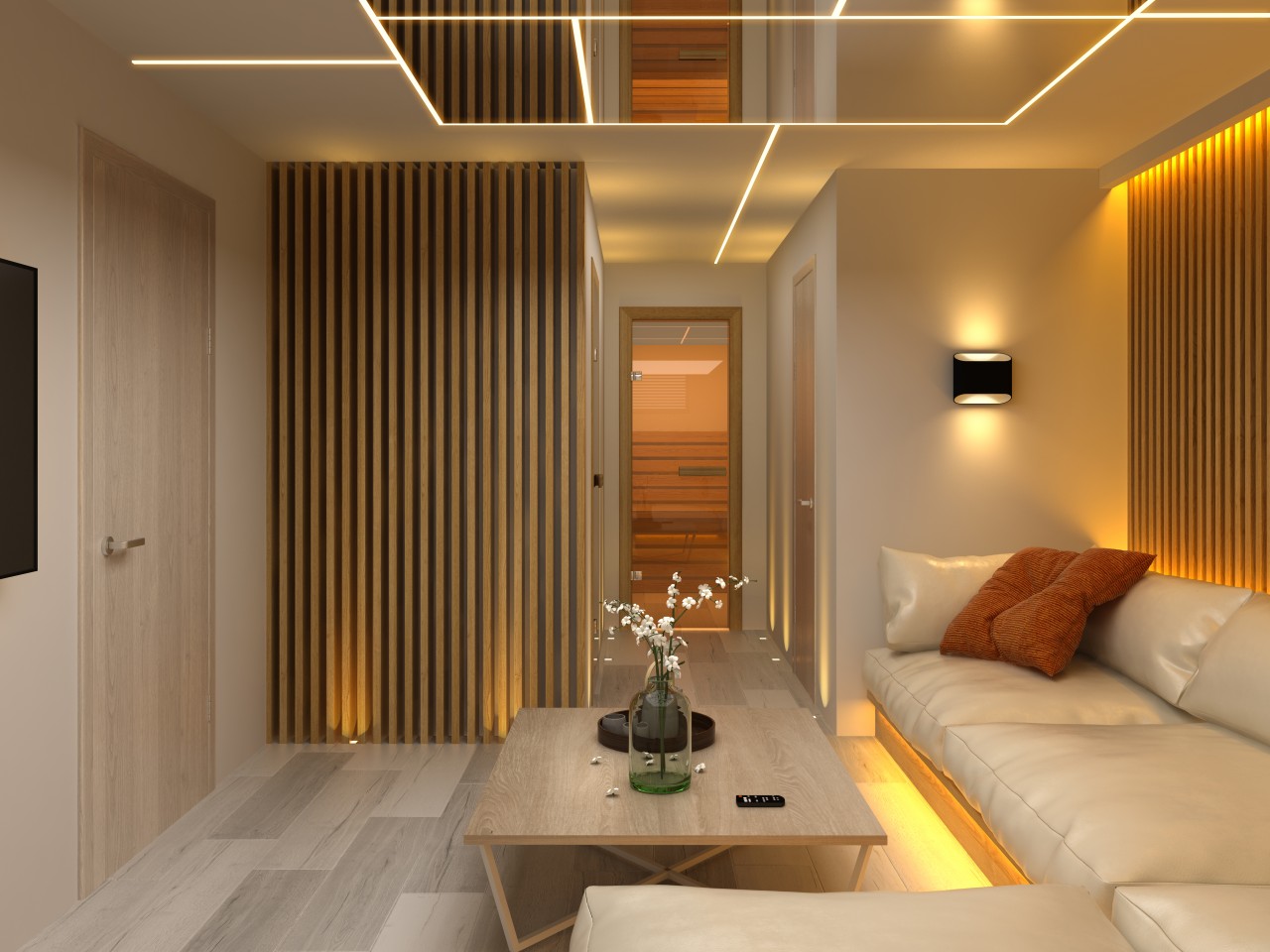
Image courtesy of: hemul75
Different layers of light combine to create a layered lighting scheme. The first layer comprises ceiling lights that provide general illumination and set the overall tone of the interiors. The second layer focuses on specific areas or activities, such as table lamps for reading or under-cabinet lighting for the kitchen countertop. The third layer of light or accent lighting highlights specific features or objects, using elements like track lighting or floor lamps. This layering technique helps to control the light intensity and create a balanced and harmonious environment within the room.
What factors should be taken into consideration in lighting design?
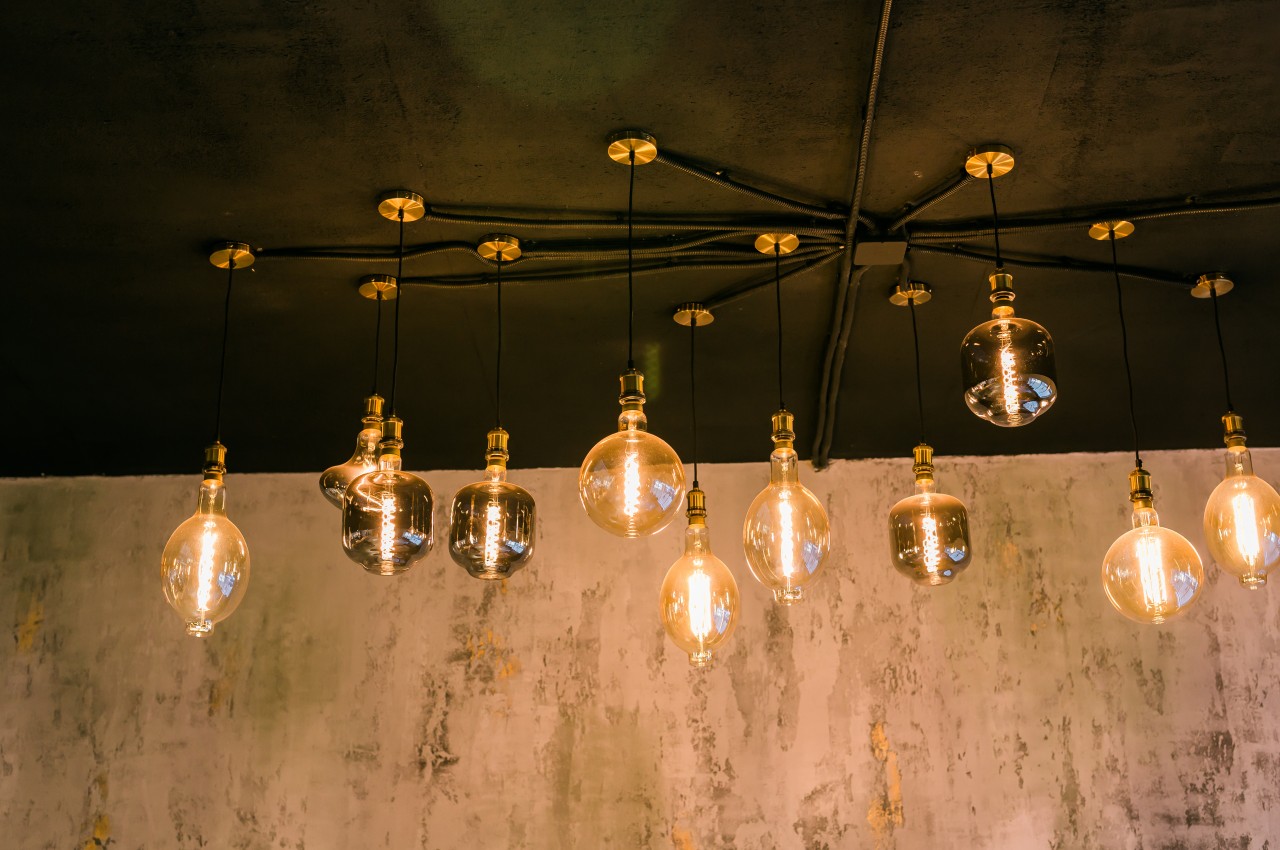
Image courtesy of: Satura_
Various factors should be taken into consideration when designing the lighting for any space. Some of the considerations include determining the functions and activities that will take place within the space, specifying the tasks to be performed, highlighting architectural features, the furniture placement for seating, and establishing the desired mood within the décor.
Color Temperature
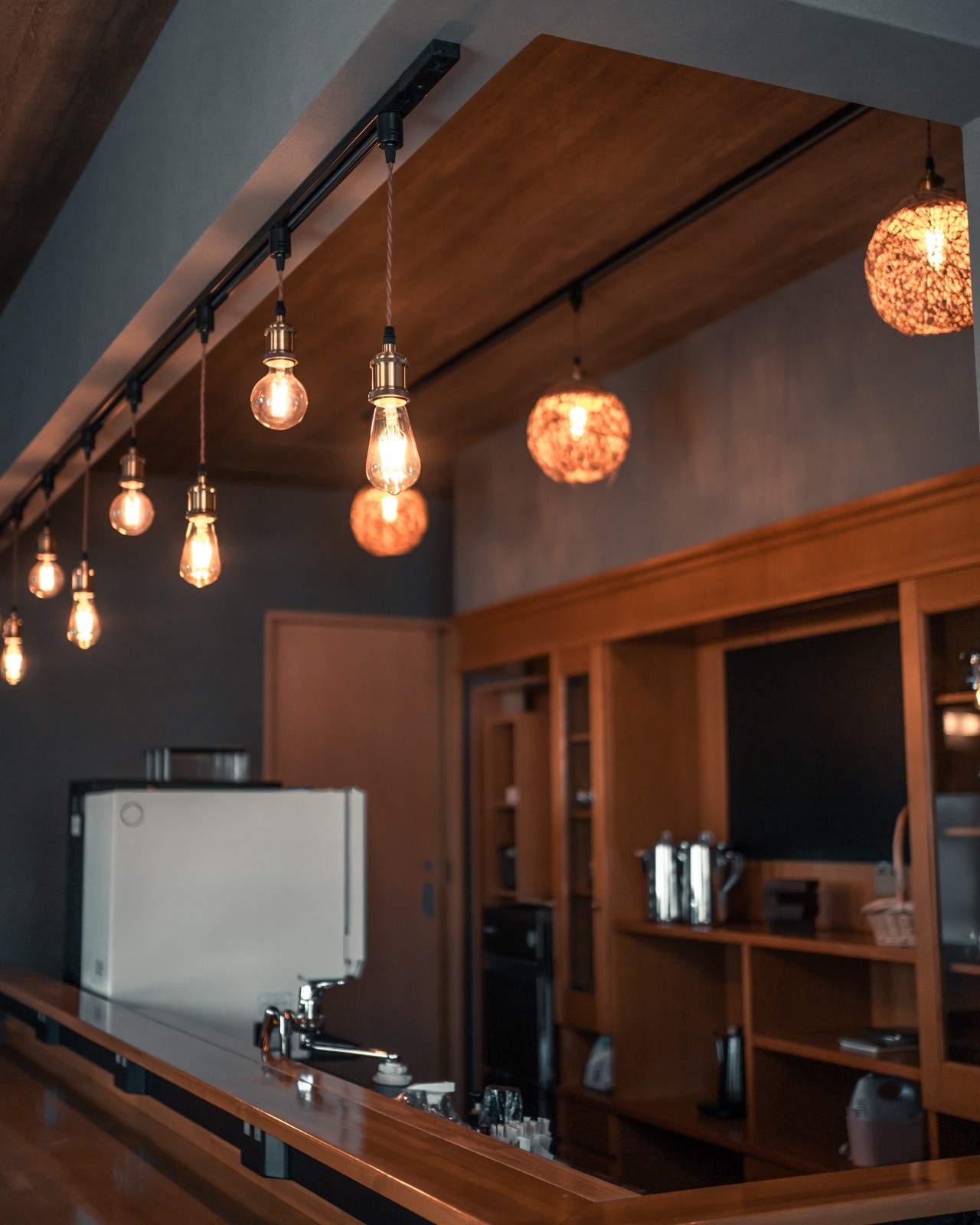
Image courtesy of: esspeshal
Light Color Temperature, measured in Kelvin, is crucial for achieving the desired ambiance as lower Kelvins produce warmer light, while higher Kelvins result in cooler light. Hence if you want to achieve a warm temperature, opt for lower Kelvin lights while cooler Kelvins are highly recommended for brighter environments.
Intensity of Light
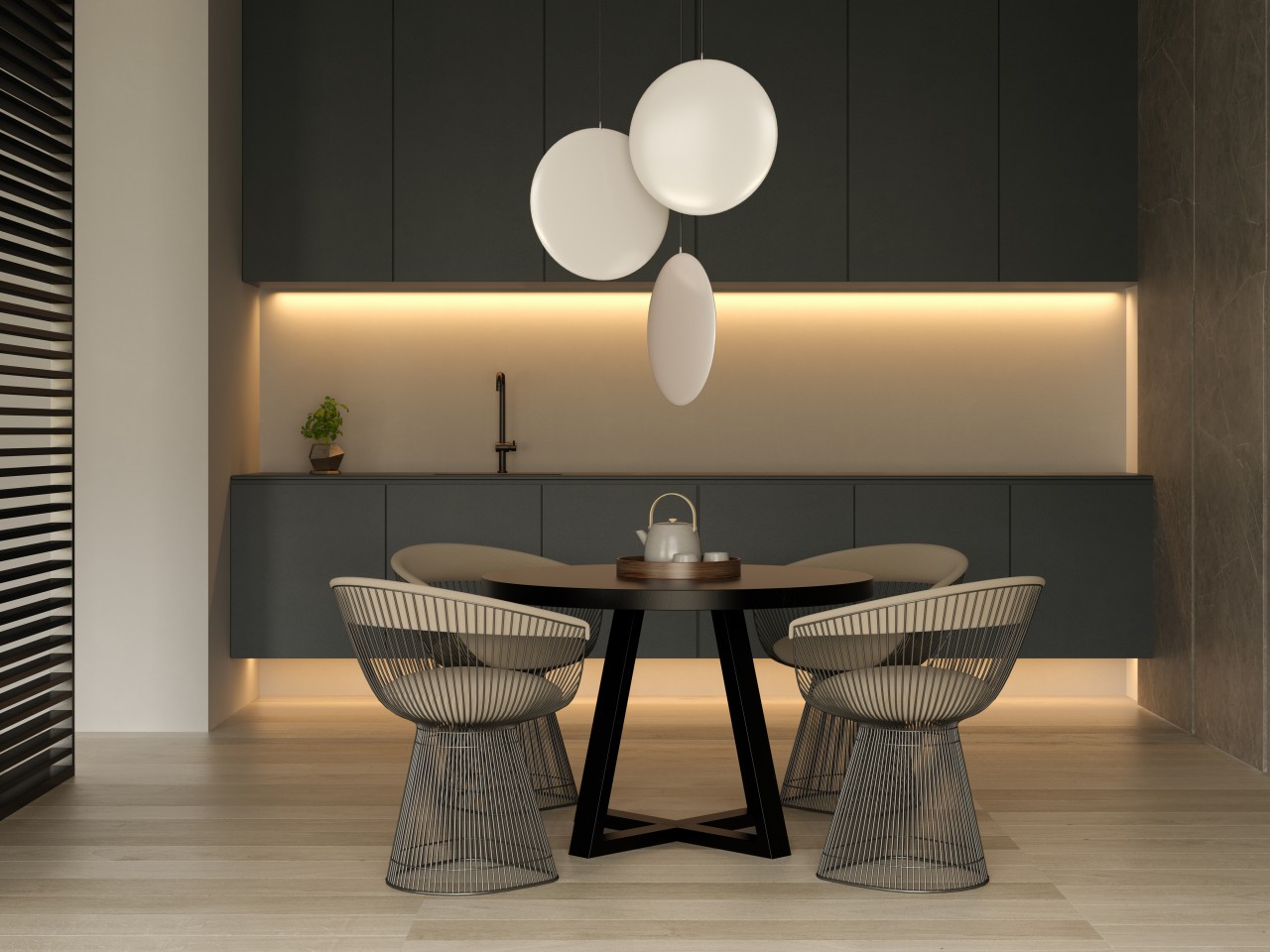
Image courtesy of: hemul75
Light intensity is as crucial as the color temperature of the lights. The intensity of lights should be adjusted based on the coverage needs to avoid spaces being too bright and unwelcoming causing eye strain, or spaces that are dim and gloomy.
Glare
It is important to manage glare for comfort in homes, offices, and commercial spaces as it might strain the eyes and reduce the overall productivity within the workspace.
Even the Distribution of Light
When lighting any space, make sure that there is an even distribution of light to avoid dark spots and shadows. Keep in mind that adequate illumination is crucial for areas connecting different spaces so that one does not trip while walking.
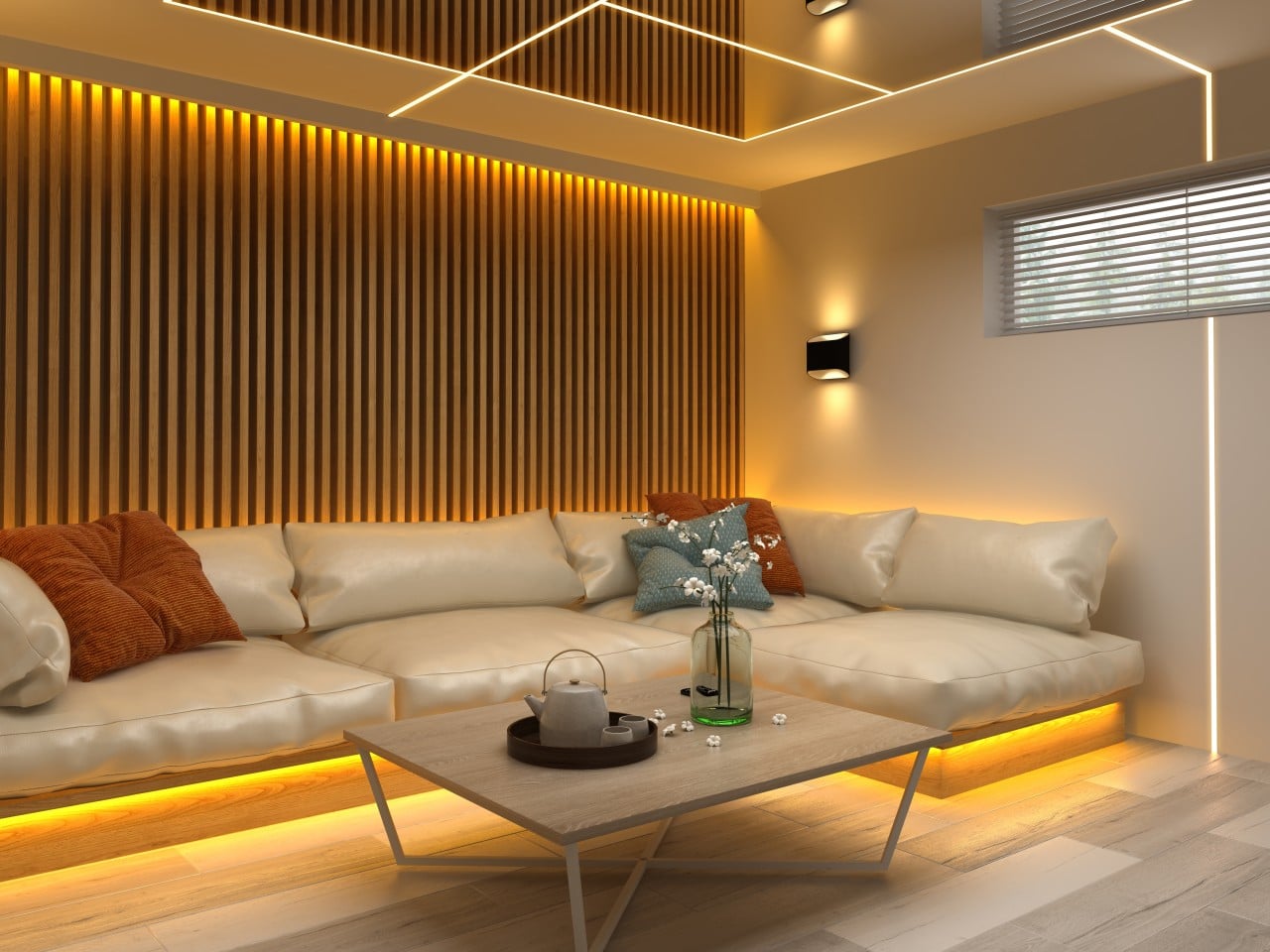
Image courtesy of: hemul75
How does lighting transform space?
Looks Spacious
Lighting, both natural and artificial, impacts the perceived size of space as well-lit rooms appear larger and more spacious, while darker rooms feel smaller and more confined.
Good Ambiance
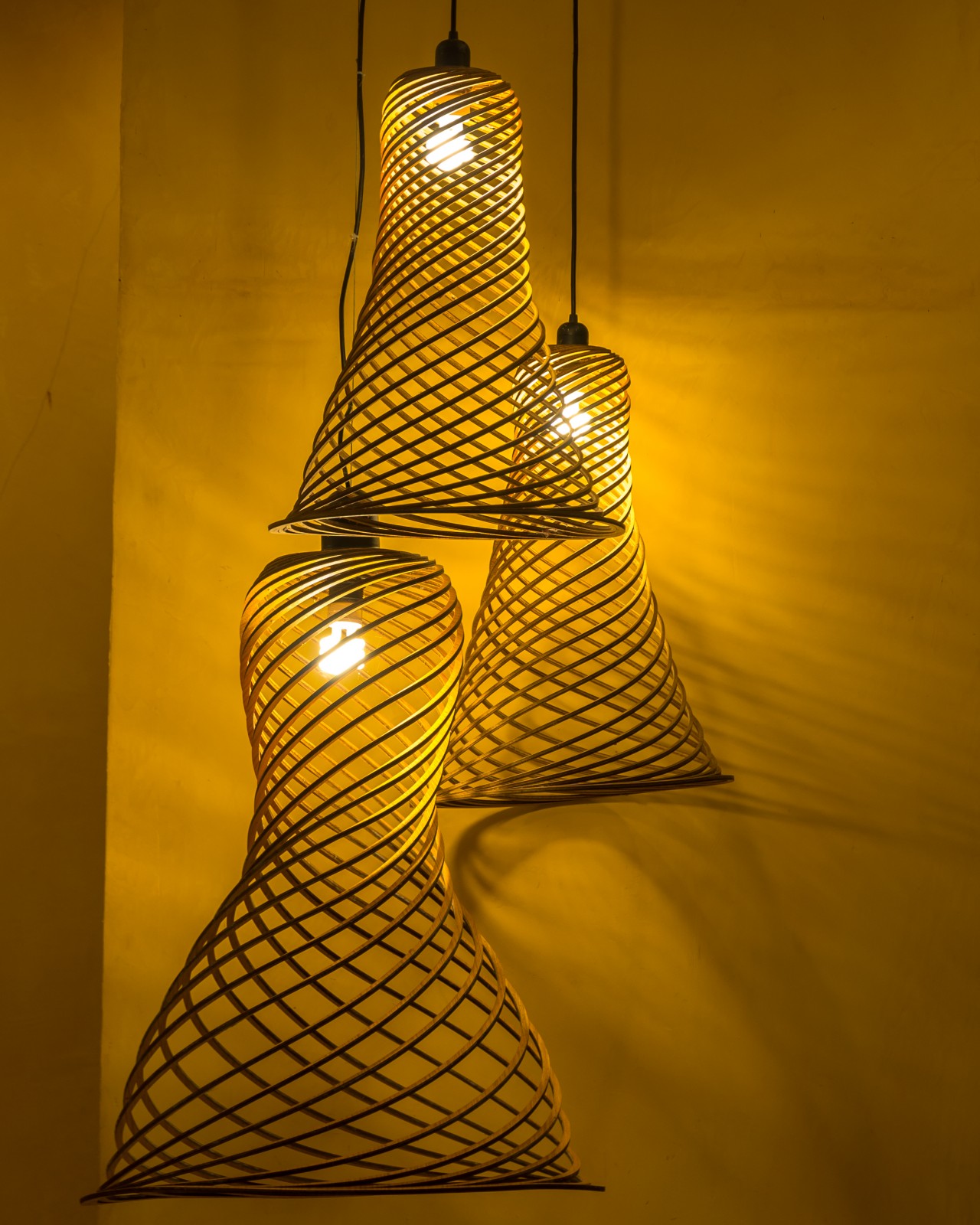
Image courtesy of: thananit_s
Interior lighting design shapes a room’s atmosphere by selecting from various color temperatures as lighting shapes our moods and behavior. Note that bright, cool-toned lighting boosts focus, while dimmer, warmer lighting promotes relaxation. Additionally, the cool white lighting boosts productivity in offices, while warm whites create a cozy ambiance in bedrooms and living rooms.
Accents
Lighting design also serves to emphasize specific elements within a room, whether it be a piece of furniture, artwork, or the lighting fixture itself.
Adds Depth and Dimension
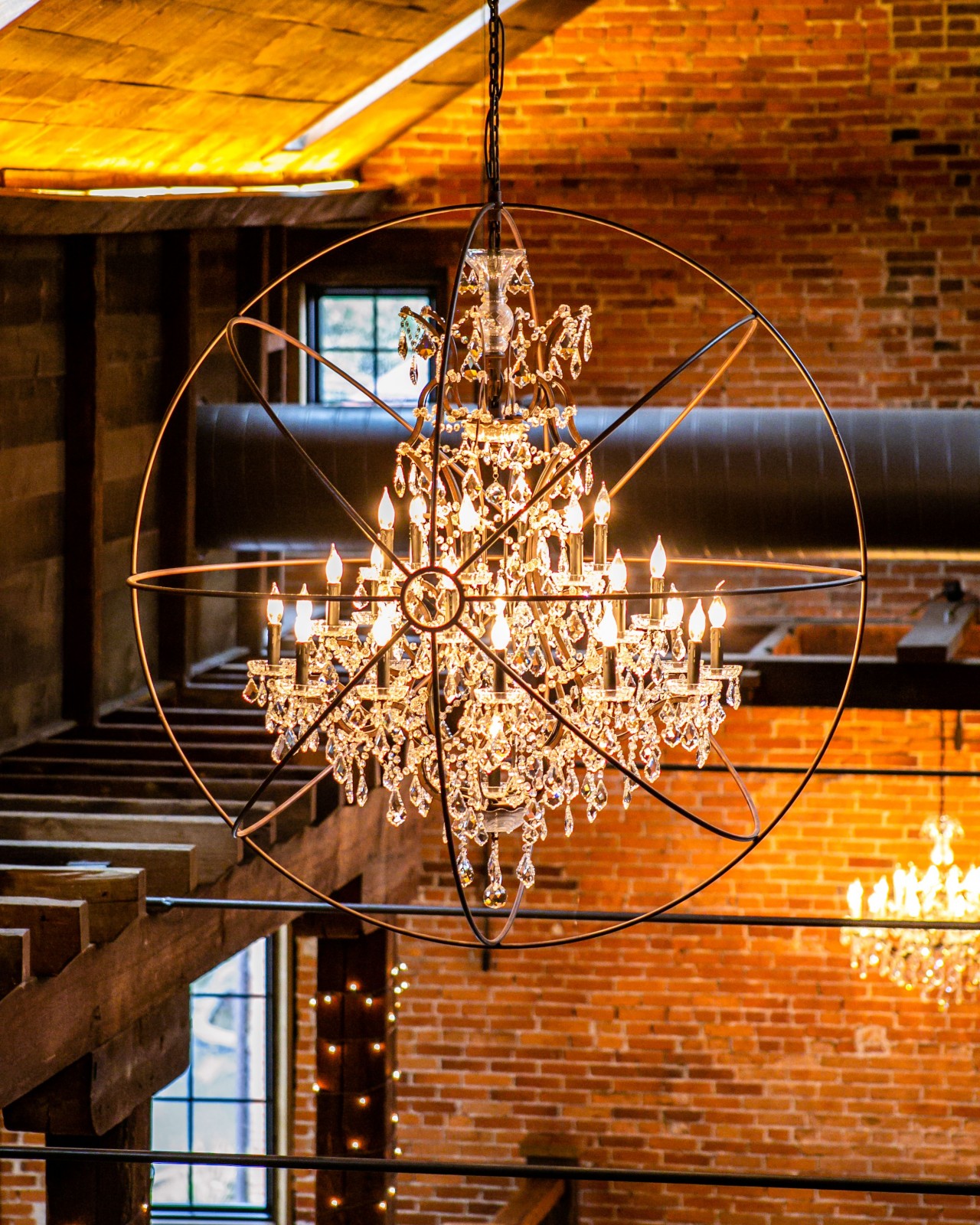
Image courtesy of: wirestock
Light creates depth and dimension by highlighting areas and casting shadows. For instance, directional lighting adds drama to a room, emphasizing texture and shape in objects or artwork.
Enhances Texture and Pattern
Lighting enhances textures and patterns by strategically directing accent lights. These lights can highlight feature walls, create an interesting play of shadows, or draw attention to unique textures or patterns that are present in the interiors.
Highlight Color
Lighting significantly enhances a room’s color scheme. Cool-toned lights emphasize blues and greens, while warm-toned lighting highlights yellows, oranges, and reds.
Pooja Khanna Tyagi
If you liked the article, do not forget to share it with your friends. Follow us on Google News too, click on the star and choose us from your favorites.
If you want to read more like this article, you can visit our Technology category.




